Last Updated on August 2, 2021
Ink & Pixel is a source of pride and joy for me as a writer and as such, I’m always striving to take this column further for those who read and enjoy it. In an effort to widen the reach of our continuously growing fanbase, Ink & Pixel has been granted permission to broaden its horizons with the inclusion of films from the Horror, Sci-Fi, and Fantasy genres. I hope that you enjoy this bold new direction for the column. Additionally, if you yourself, or anyone you know, helped to make any of the amazing feature films found within this column, I would love to talk to you to further my knowledge. Please contact me at [email protected] so we can discuss it further.

Hello and welcome to the first traditional Ink & Pixel entry of 2015! I really hope you enjoyed our Top 5 Animated Films of 2014 and 2015 Animation Preview, and that you’re psyched for more animated goodness in the months to come. In the interest of keeping things exciting, I thought we’d start this year off with the clanging of swords, a few life lessons, and a wizard’s duel. That’s right, we’re about to get Arthurian with my favorite animated Disney classic of all time, THE SWORD IN THE STONE!

It was Christmas Day, 1963, when Walt Disney Studios released their 18th feature-length classic into theaters. Imagine a busy sidewalk filled with men, women, and children – each of them dressed in their holiday best. Outside of the theater is a lane made up of human traffic – a festive gridlock of sorts. If you were a bird, perched on an electrical wire high atop the crowd, you’d see an ocean of bell hats, booties, and holly berry-colored skirts. The men sporting long, black coats adorned with polished silver buttons. All of those people, huddled together, shuffling in from the cold for a night of magic, mischief, and imagination; one that only Disney provide for that special evening.

For those who haven’t seen Disney’s THE SWORD IN THE STONE, allow me to paint you a picture of this wonderful film. Uther Pendragon, the King of England, has died. And in that death has left no instructions to his people with regard to who shall take his place upon the throne. Shortly thereafter, a mysterious sword – sheathed deep in stone – appeared in the town square with an inscription proclaiming “Whoso Pulleth Out the Sword of the Stone and Anvil, is Rightwise King Born of All England.” Unfortunately, time ticked on and – though many had tried to pull the sword from its stone – all attempts had failed.

Sometime later, we meet Arthur – a boney, curious young man – who finds himself lost inside the woods while fetching a stray arrow for his dim-witted brother, Kay. While retrieving the arrow from one of the tallest trees in the forest, Arthur slips, and falls through the roof of a small cottage. Once inside, he crash lands atop an old wooden chair, where a fascinated and expectant Merlin waits. After a series of hilarious introductions, Arthur becomes transfixed by the old wizard’s wild tales of the future, and agrees to join him on an educational journey that will help prepare him for a life of adventure and importance.

Later that same afternoon, Arthur returns with Merlin and Merlin’s owl to his castle home, where a rotund and superstitious sort by the name of Sir Ector – Arthur’s foster father – is impatiently awaiting the young man’s return. Arthur timidly explains his tardiness, and after receiving demerits for his actions, explains Merlin’s proposal to give him an education beyond the capabilities of the royal staff. After much debate, Ector begrudgingly approves of Merlin’s company, fearing that if he refuses consent that the old wizard will turn him into a wild beast of sorts. Before long, an old friend of Sir Ector, named Pellinore, arrives. Soaked with rain and weary from travel, Pellinore brings news of a jousting tournament, the winner of which will be crowned the king of all England. With this, the race is on for all who deem themselves worthy of the crown to prepare, leaving Arthur and Merlin to embark on a most grand adventure filled with danger, chicanery, and promise.

Directed by Wolfgang Reitherman, THE SWORD IN THE STONE is the last animated musical fantasy released by Disney Animation Studios before a circulatory collapse, brought on by a cancerous left lung, ended the life of founder and animation revolutionary, Walt Disney. The film introduces audience members to Merlin, a practitioner of magics beyond the comprehension of man, woman, or beast. Often depicted throughout Arthurian legend as an aged, silver-bearded codger draped in the finest damask, Merlin made his first appearance in Geoffrey of Monmouth’s Historia Regum Britanniae (The History of the Kings of Britian).

Geoffrey’s collection of stories contained within the Historia Regum Britanniae have been the subject of much debate since its publication circa 1136. From what I’ve read about the book itself, Geoffrey’s words can often be thought of as tools that serve to blur the lines of reality and fiction with reference to the royals, battles, and shifts in power. Highlights from the text include the first-known accounts of King Lear, as well as questionable re-tellings of Julius Caesar’s invasions on British soil, and of course – the legend of King Arthur.

Under the pen of Bill Peet (SLEEPING BEAUTY, 101 DALMATIONS, PETER PAN), Merlin is indeed a character that stands out among a cast of hundreds within Disney’s distinguished community. Peet’s Merlin is a man of science, a time traveler, determined to bestow what he feels is valuable knowledge onto a young King Arthur. There’s no telling what type of man Arthur would have grown up to be if not for the teachings of Merlin and Archimedes, but why is that important? What’s so special about King Arthur anyway?

King Arthur, a man of much mystery and intrigue, was a leader of Britain during the late 5th and early 6th centuries. Perhaps one of the more interesting things about the guy is that his life leading up to the time of his rule is somewhat of a conundrum. Arthur, it would seem, is one of the most debated historical figures in our history. This school of thought spurs from the opinion concept that the details of his many exploits were based on word-of-mouth and not much else. Here, I’ll give you an example: Nennius, a Welsh monk of the 9th century, proclaimed that in the battle of Mount Badon, Arthur laid waste to a total of 960 men! What? That’s insane, impossible even! Or is it?

The fact of the matter is that people continue to study the life of King Arthur with a vested interest to this very day. Some scholars have often postulated that Arthur never existed at all, and that he’s just a fictional hero made real by the passing of time and humankind’s ability to believe a lie if told often enough. A few folks would even suggest that Arthur, or the idea of him, is nothing more than a story made flesh thanks to the diminishing religious beliefs of the Celtic peoples. It could be that Arthur is nothing more than an amalgamation of old gods, pieced together to create one indomitable man. Regardless of what you believe, you’ve got to admit that King Arthur is one fascinating dude, and that Disney delved into some pretty radical parts of history when fashioning the hero of THE SWORD IN THE STONE.

In preparation to write this article, I asked a number of people what they remember most about the film. To no one’s surprise, many of them recalled its grand finale – referring to the wizard’s duel fought between Merlin and Mad Madame Mim. The battle is a creative and epic display of magics both light and dark for certain; but for me, my most cherished memories of this film are the life lessons it teaches its younger viewers. As a seemingly defenseless fish, Arthur is given a harsh Darwinian lesson in the concept of “survival of the fittest” when facing off against a much larger aquatic monstrosity patrolling the moat. He’s urged to use his brain rather than brawn to outsmart the beast – something I believe we all could stand to be reminded of from time to time.

Next, as a scampering squirrel, Arthur learns that matters of the heart are just as dangerous as any war fought with fire and steel. There’s nothing like breaking your first heart. Be it animal or man, losing that elated feeling toward another living being will shape you for the remainder of your days. Lastly, there’s the lesson in which Arthur is transmogrified into a bird, and must learn to accept help from others if he’s to survive the perils and pitfalls of a familiar environment turned to one of panic and horror.

Box office numbers are always interesting when taking a look back on what would be classified as an “older” animated film, because you have to keep in mind that due to inflation, the dollar went a hell of a lot farther back in 1960s. By the time that Disney’s THE SWORD IN THE STONE was done casting its spell on theater-goers, the film had been considered a great success with a total of $22.2 million in receipts. This impressive total caused the film to be crowned the 6th highest grossing film of 1963.

There you have it. It’s a brave new year here at Ink & Pixel, and I hope you enjoyed reading something a little different to kick off the start of 2015. We’ll be back to our regularly scheduled content soon enough, though for now I hope that I’ve provided you with some insight into the source material and heart of this, my most cherished Disney Animated Classic, THE SWORD IN THE STONE.


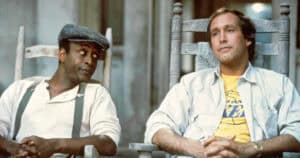


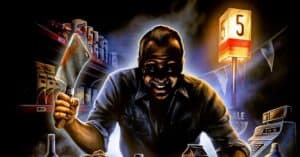


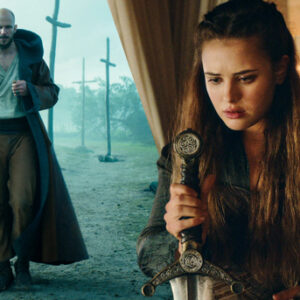

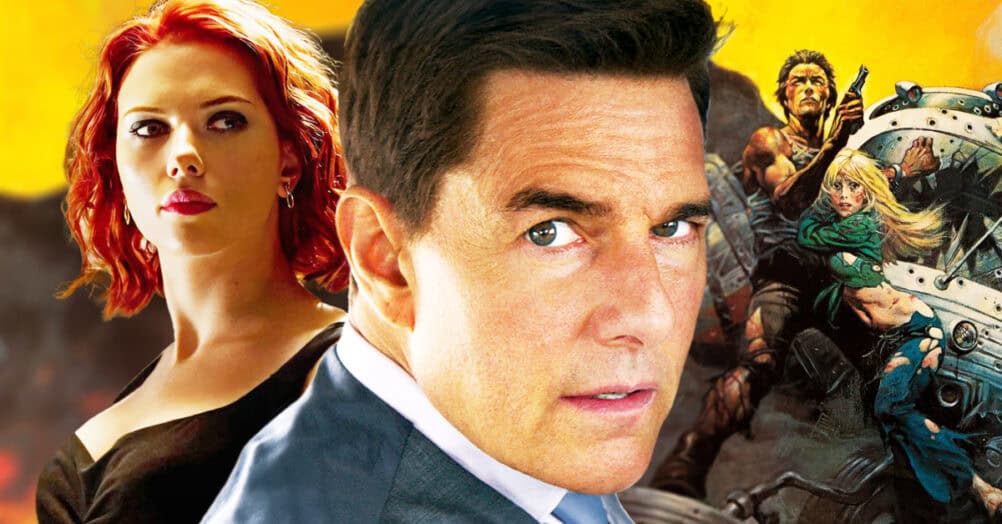
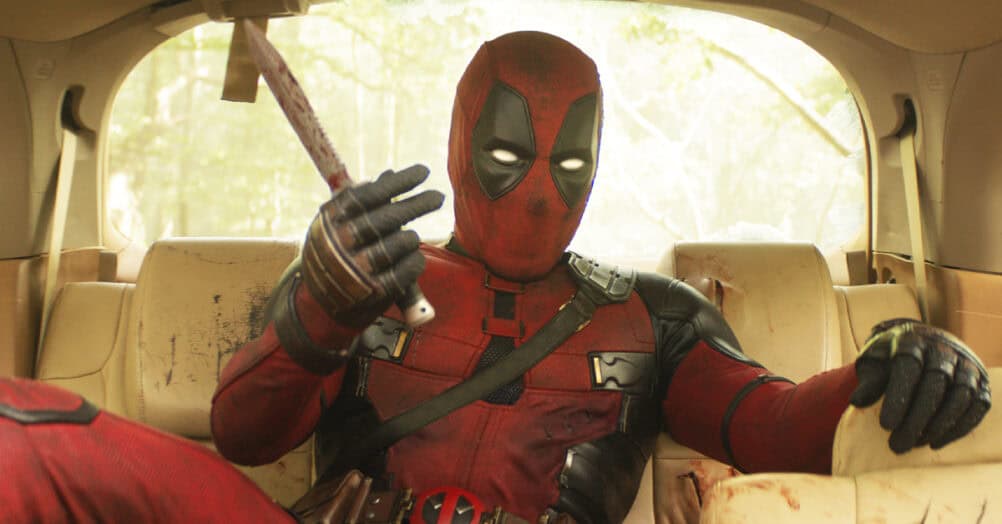



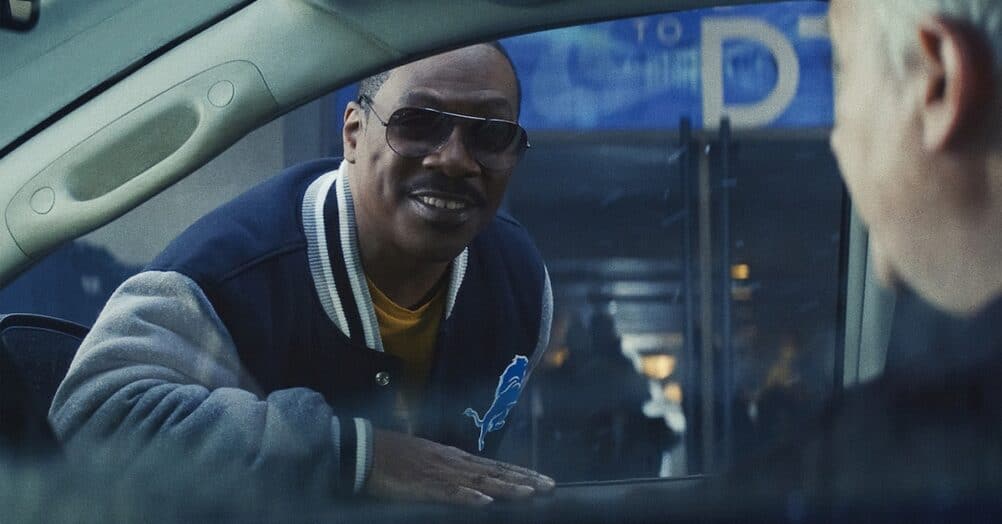

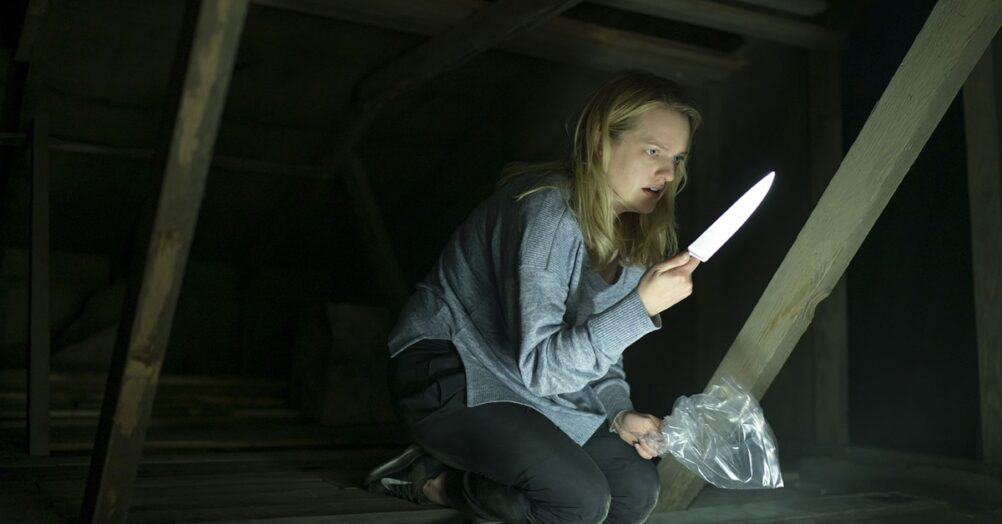


Follow the JOBLO MOVIE NETWORK
Follow us on YOUTUBE
Follow ARROW IN THE HEAD
Follow AITH on YOUTUBE